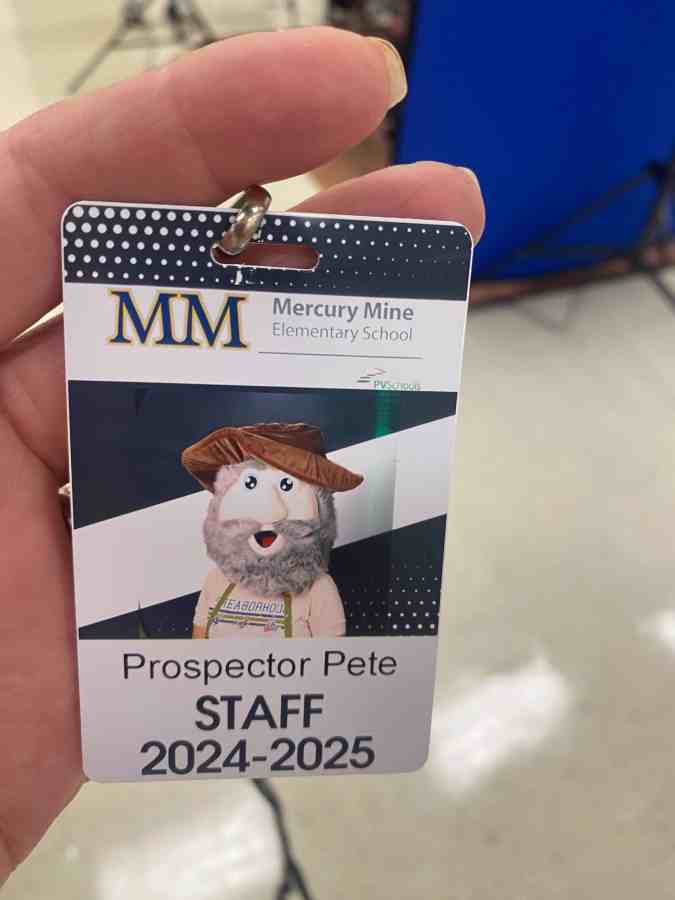
Erikalinpayne
September 3, 2024
2
Min Read Time

Picture day either makes you call out ill or grab disposable combs and a spray bottle for flyaway patrol. With portraits making up 40-60% of a yearbook, anything Treering can do to make it easier on you is a win-win-win. It’s the bulk of most elementary school yearbooks. It’s where there’s the most potential for error. It’s where you’ll prevail this year.
When interviewing a yearbook photographer, be sure to learn about the photographer's
Consider all factors—quality of work, professionalism, cost, and feedback from local references—in your search.
As you create a ladder and assign spreads to portrait pages, your photographer prepares by organizing students in their database to produce PSPA-formatted portraits for the yearbook. (PSPA is the fancy abbreviation for the industry-standard way portrait photographers and yearbook software communicate.)

School photographers need accurate information well before they arrive at your school. If you don’t receive a template, ask what specific details they require and their preferred format.
This is so important. For the yearbook, traditionally all photographers would need name, grade, and teacher. Photographers use school data provided to the photographer to create all school services including a PSPA file, such as IDs. The more info the better! This means your picture day photographer may give you a template with room for house names or team names, room numbers, and staff salutations.
Make sure you know your photographer’s expected turnaround time before scheduling your school picture day. Most need 3 to 4 weeks. Given that time frame, if you schedule picture day in mid-September and hold a retake day in November, you’ll have all the portraits for the yearbook before winter break.
This syncs nicely with winter webinars by Treering’s Yearbook Club to help you flow your portraits. And with Treering’s three-week turnaround, you’ll have time to add any students who join in the second semester.
Picture day should be on the school calendar from the beginning so parents and teachers can plan. Work with admin to share the schedule with staff and parents at least a week in advance.
The best scheduling advice we can give is paraphrased from “Toy Story 2.”
At the high school level, getting students and faculty through the queue may feel like you’re on the logistics staff for Major League Baseball or in an air traffic control tower. Breathe deep. You’ve got this.
When creating the picture day schedule, allow the appropriate time for each class. The guidelines below should help.
Your photography company should send one photographer for every 250 students.
If your school allows it, parents can help prep students for the camera. Remember flyaway mom in the opening paragraph? Chances are, you have a parent on campus who can assist in getting kids ready for their portraits and reduce the time each student spends with the photographer. This also helps reduce the picture day stress on teachers. (By the way, a few boxes of doughnuts by the mailboxes in the office will go a long way.)
Picture day volunteers can also help relieve tensions. PTA mom Abby dresses up each year to help students smile.

Some photo companies offer free or reduced picture packages as a thank you. Remember to negotiate that ahead of time.
When these elements come together, picture day can transform from a hectic event into a smooth operation. You’ll receive great photos and provide a stress-free process.